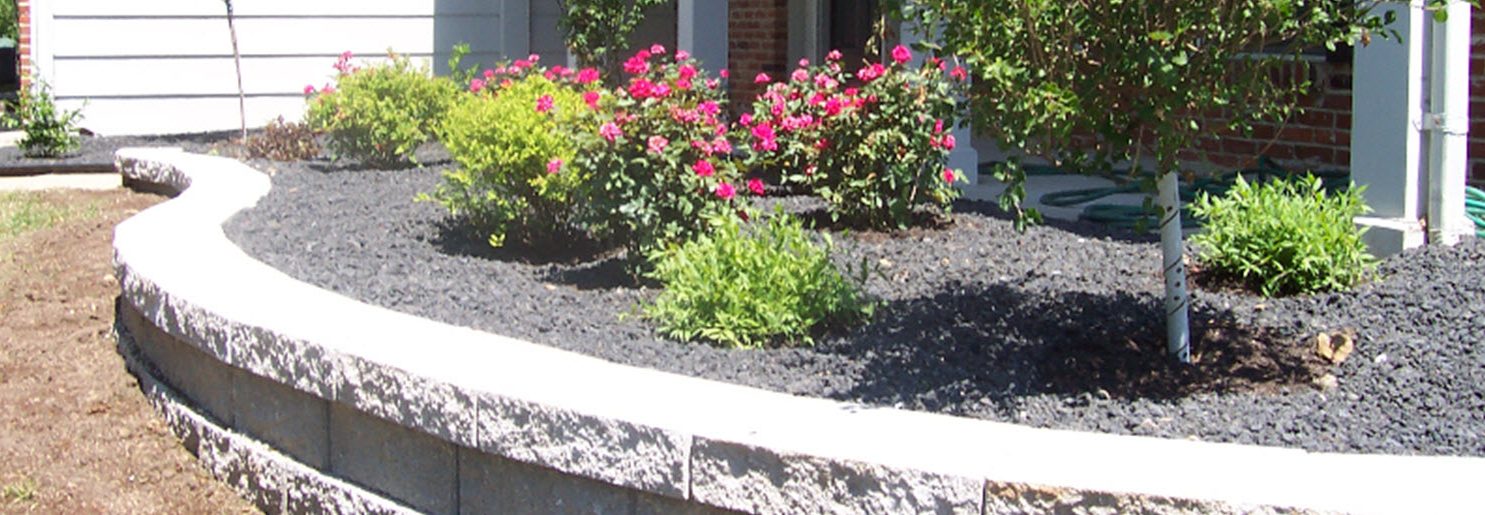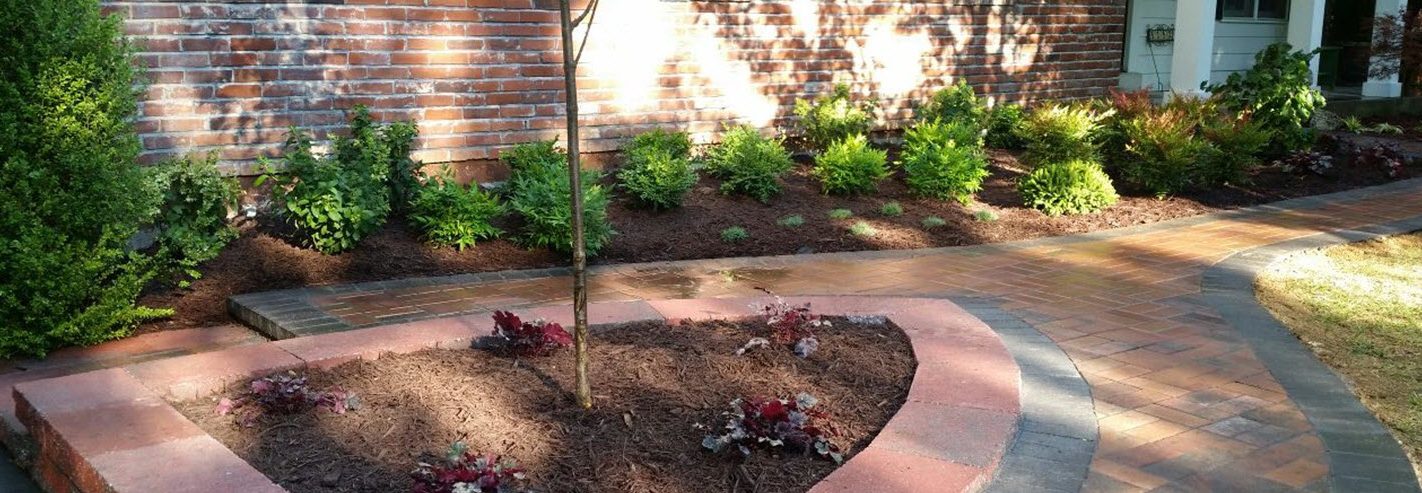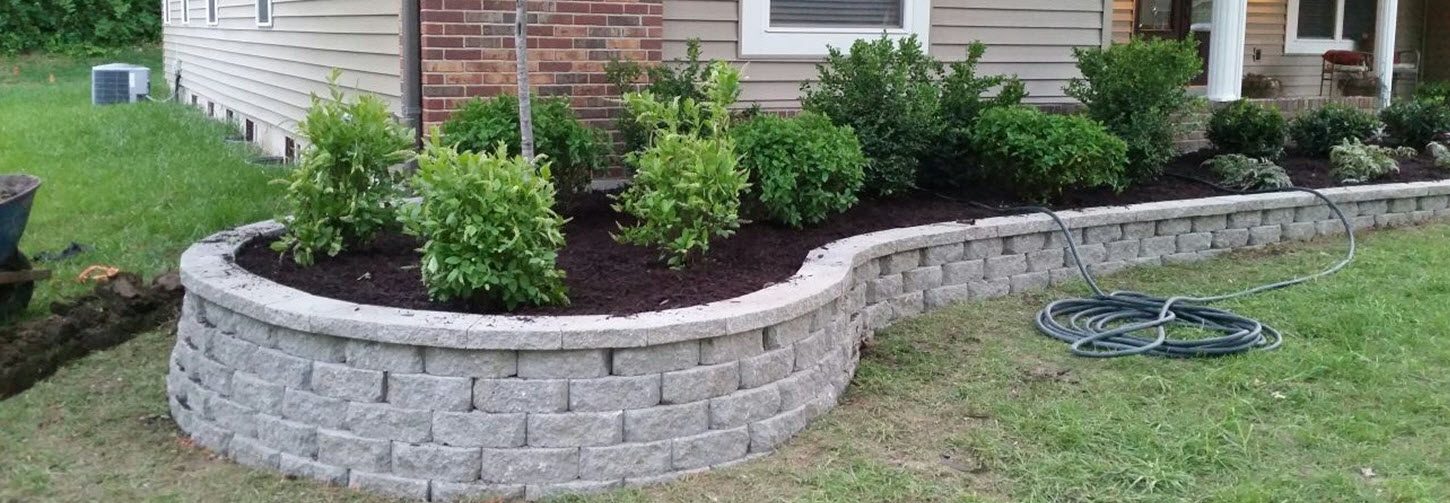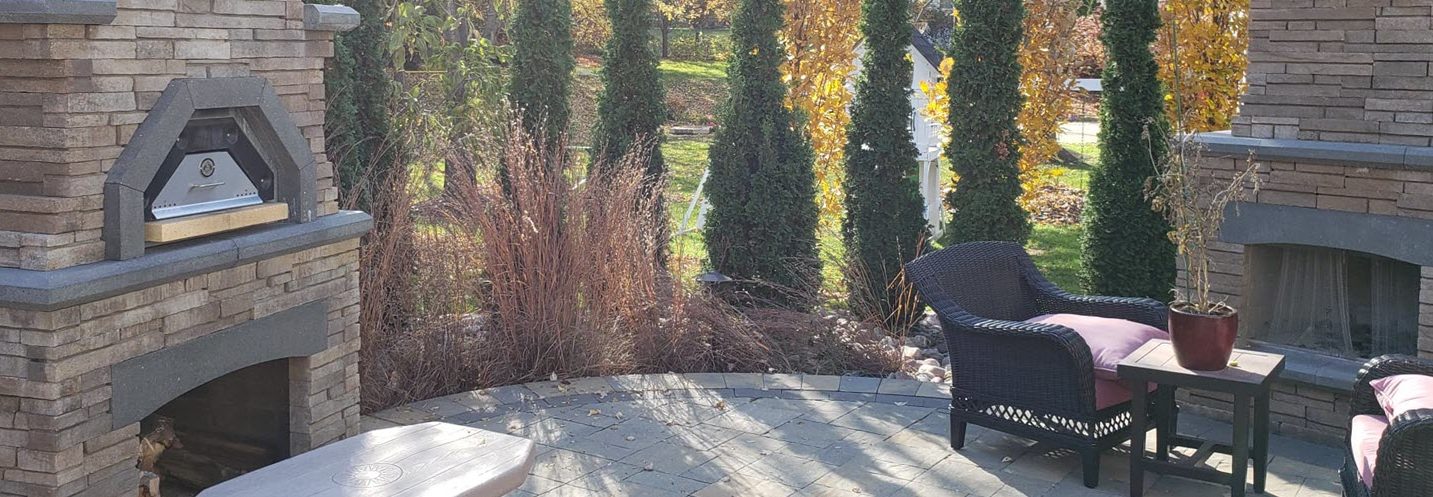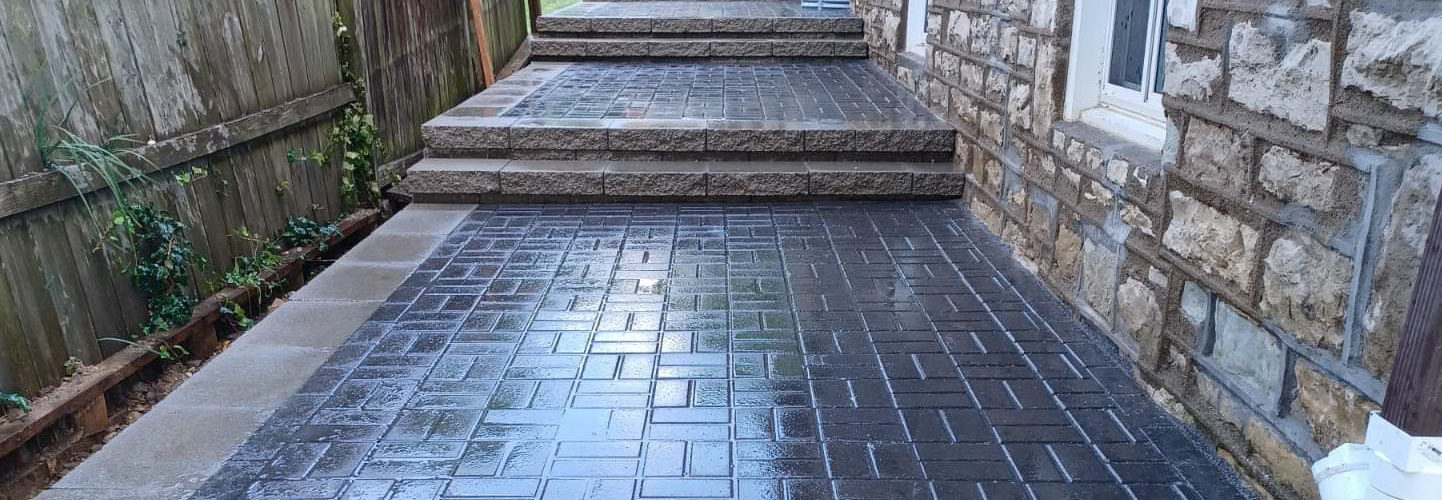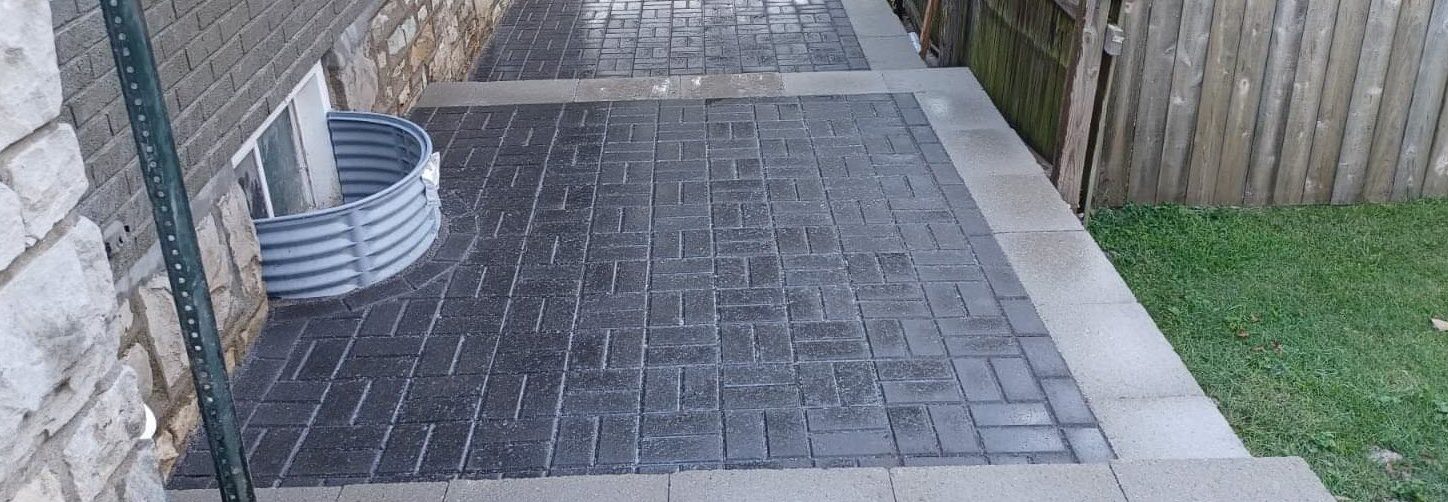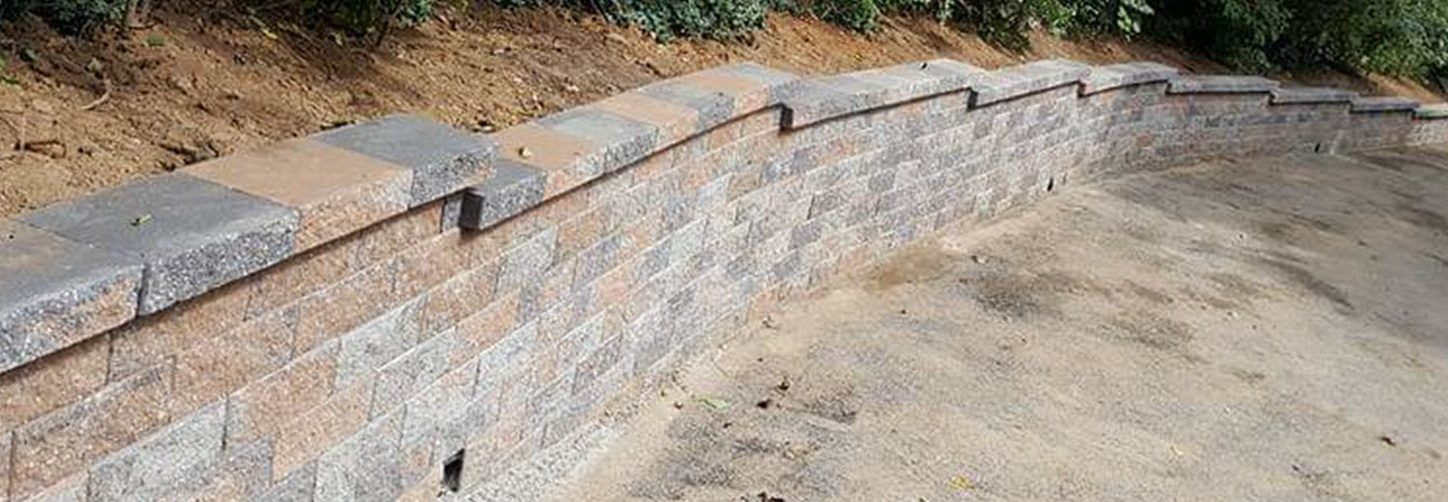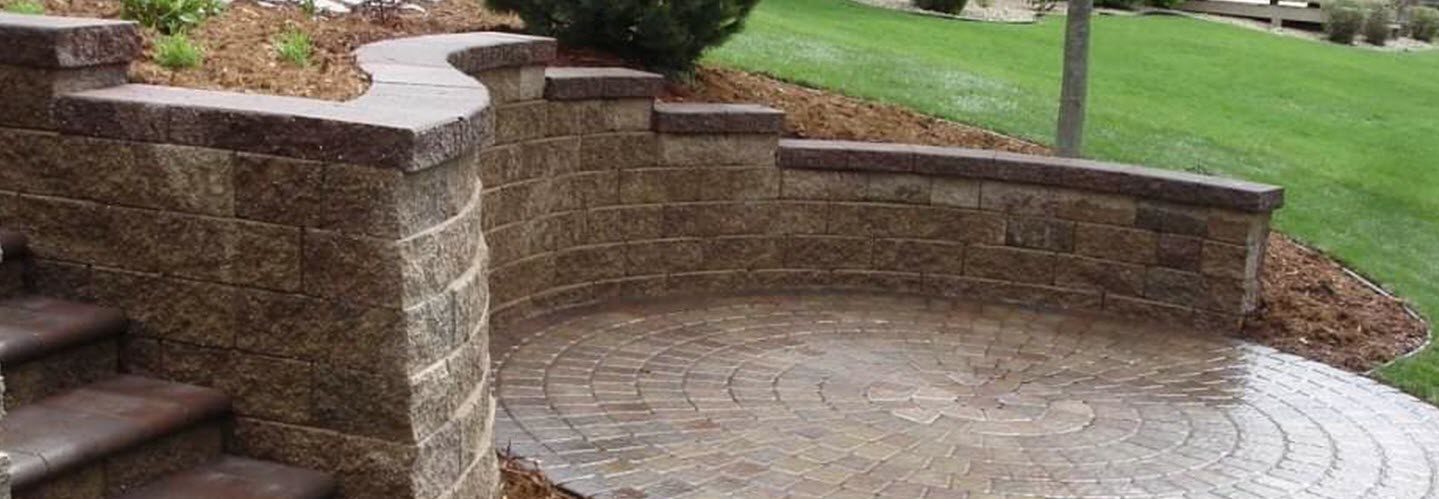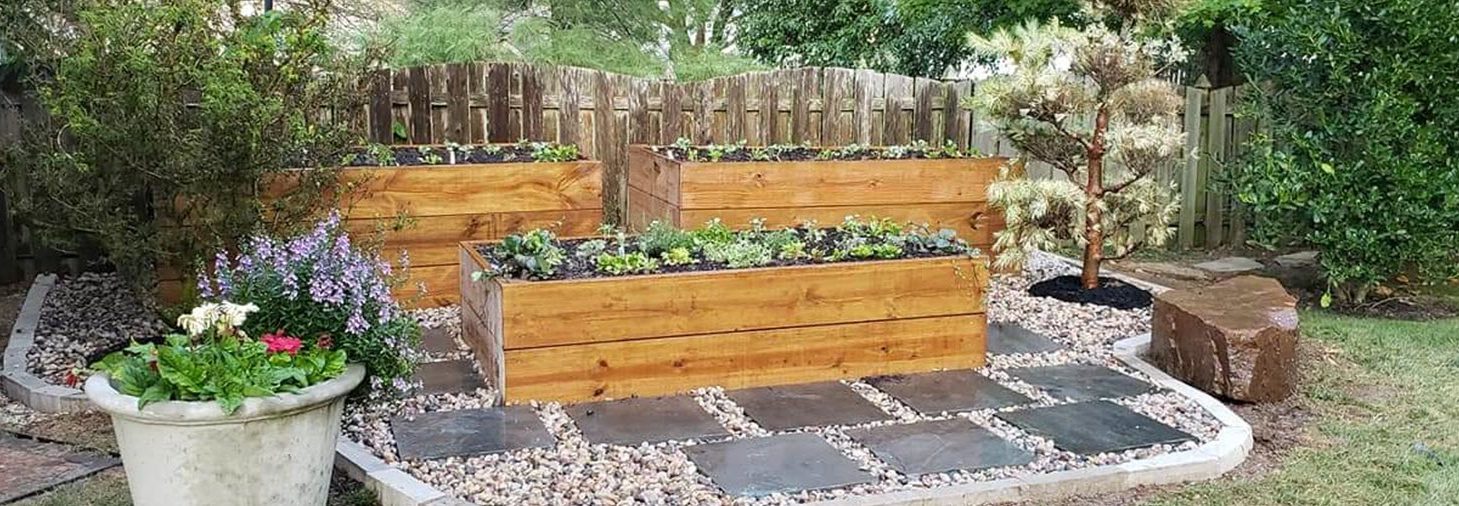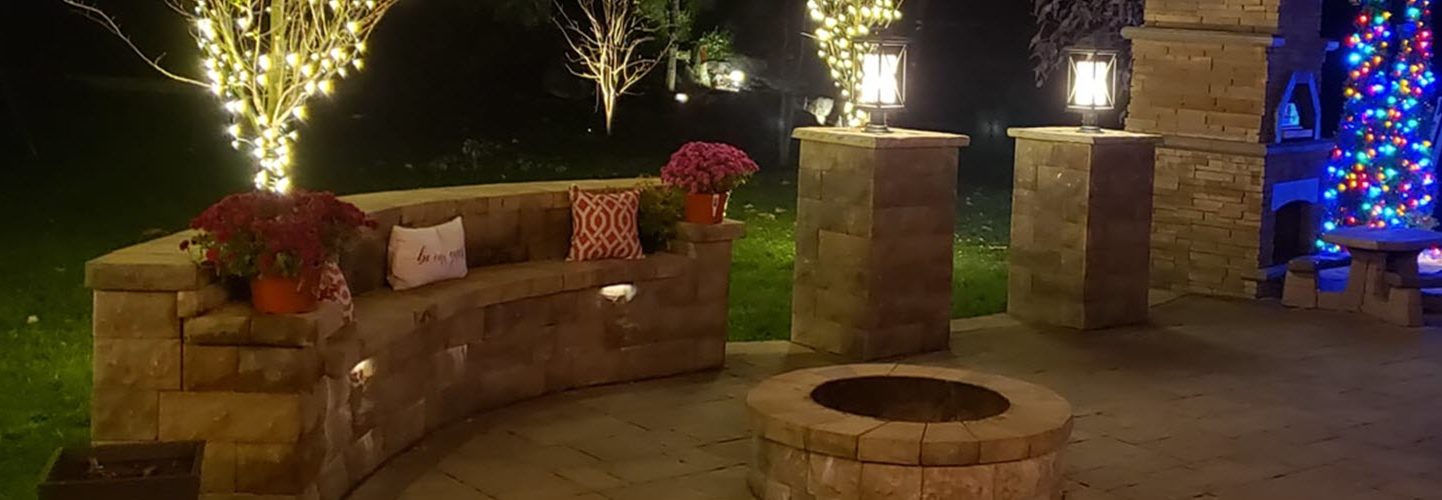Mulching is great for your lawn because it offers a number of benefits. It will make your plants look healthier and it should be a regular practice.Your plants need a constant supply of water and nutrients and mulch provides them with those nutrients when it breaks down. As mulch breaks after rain, it adds humus to the soil, which increases organic matter in the soils and improves the water holding capacity of soils. It releases nitrogen and phosphorous which are essential for the soil. It also provides habitat for microorganisms that keep the plants healthy.
Clippings recycle nutrients that are essential for roots so they should be restored back to the soil. So, clippings can save the amount of fertilizer application which will save time, money, and labor. We need these clippings to break down so they can provide a habitat for microorganisms essential for plants. The clippings need to be as small as possible for them to break down quickly and not add up to the thatch layer. This can be achieved through regular lawn mowing. Weed removal is also required before mulching. Useful link on mulching.
An important thing to remember is that large clippings are not good for the soil because they will deprive the roots of water. A lawn thatch layer which is full of old grass clippings will create a risk for an outbreak of lawn diseases. Sometimes, grass clippings may add up to a thatch problem but if your lawn is mowed regularly and a mulching mower is used, it will not cause a thatch build-up. Compost can also be used as mulch.It provides nutrients for plants to grow as it is made up of organic matter.
Another organic matter that is good for mulching is leaves. Because leaves are abundant in fall season, you can easily mulch them into the soil. This will provide the necessary organic matter the soil actually needs. Mulched leaves get broken down by microorganisms and turned into usable organic matter for soil and plants. Some people choose to have their leaves picked up, so check out our leaf removal service.
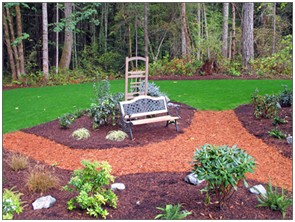
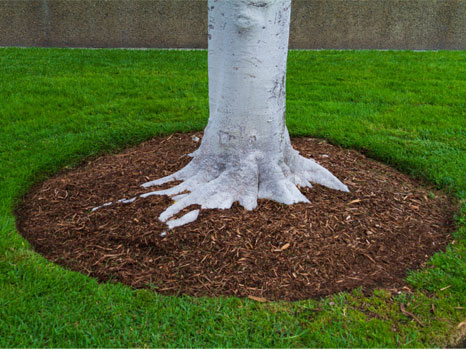
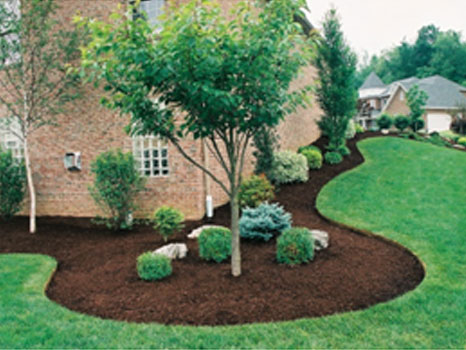
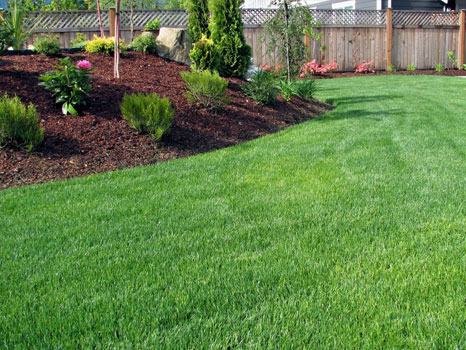
You can also use straws, pine needles and leaves as mulches.Sawdust can also be used for mulching. Fresh sawdust can be piled up where it will be undisturbed for one year. The rains will trickle out most of the acid from sawdust so that it can be used for mulch the next few years.
Plants need mulching in hot weather is to provide their roots with moisture. In cold weather, plants need mulching to protect their roots from freezing.
To apply mulch, first spread under shrubs around 3 to 4 inches deep. Pull mulch away from the trunks of shrubs to create a donut-hole. Ideally, the mulched area around a tree should cover a to 5-foot diameter around the trunk. It is more beneficial for the roots if there is a larger mulched area.Check the mulch depth annually and replenish as necessary.
If there is no mulch, the soil can break apart during rain. Mulch protects the soil from erosion. It reduces water runoff by providing a sponge surface which absorbs water and slows it down. So,regularly mulch your plants to ensure they stay healthy.
If you are in need of mulch please complete our request for mulch services bid and we will respond promptly.

